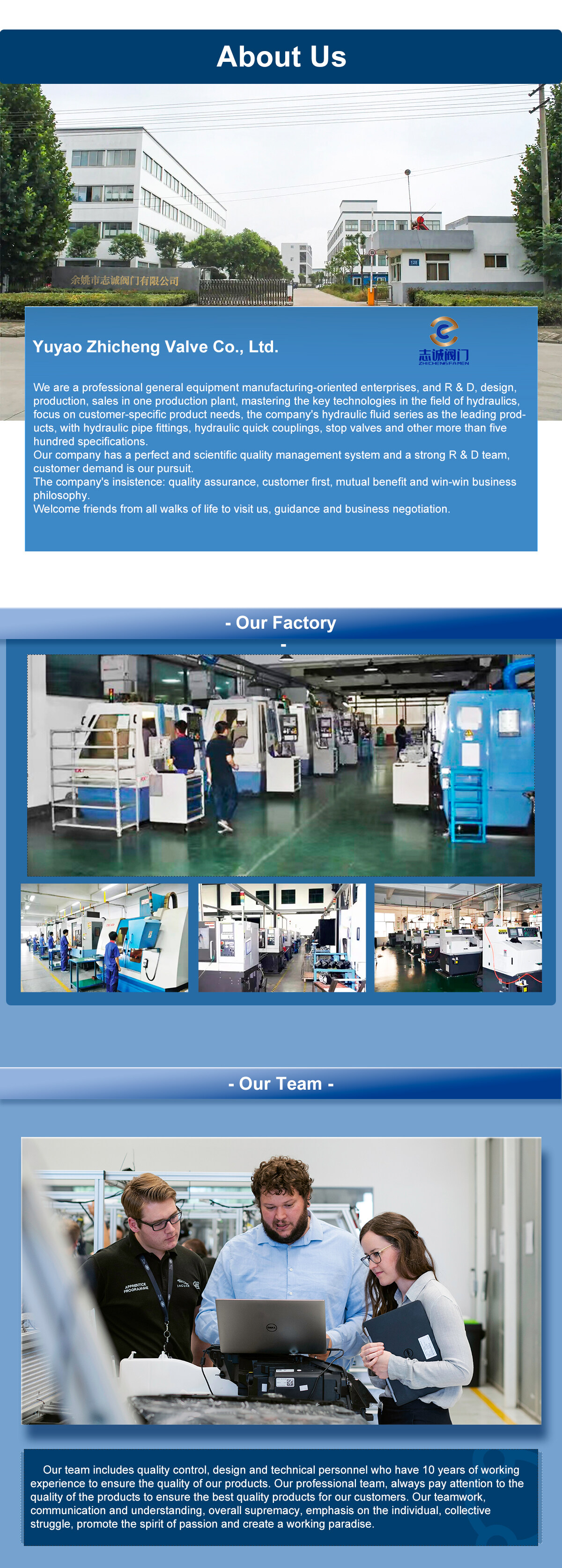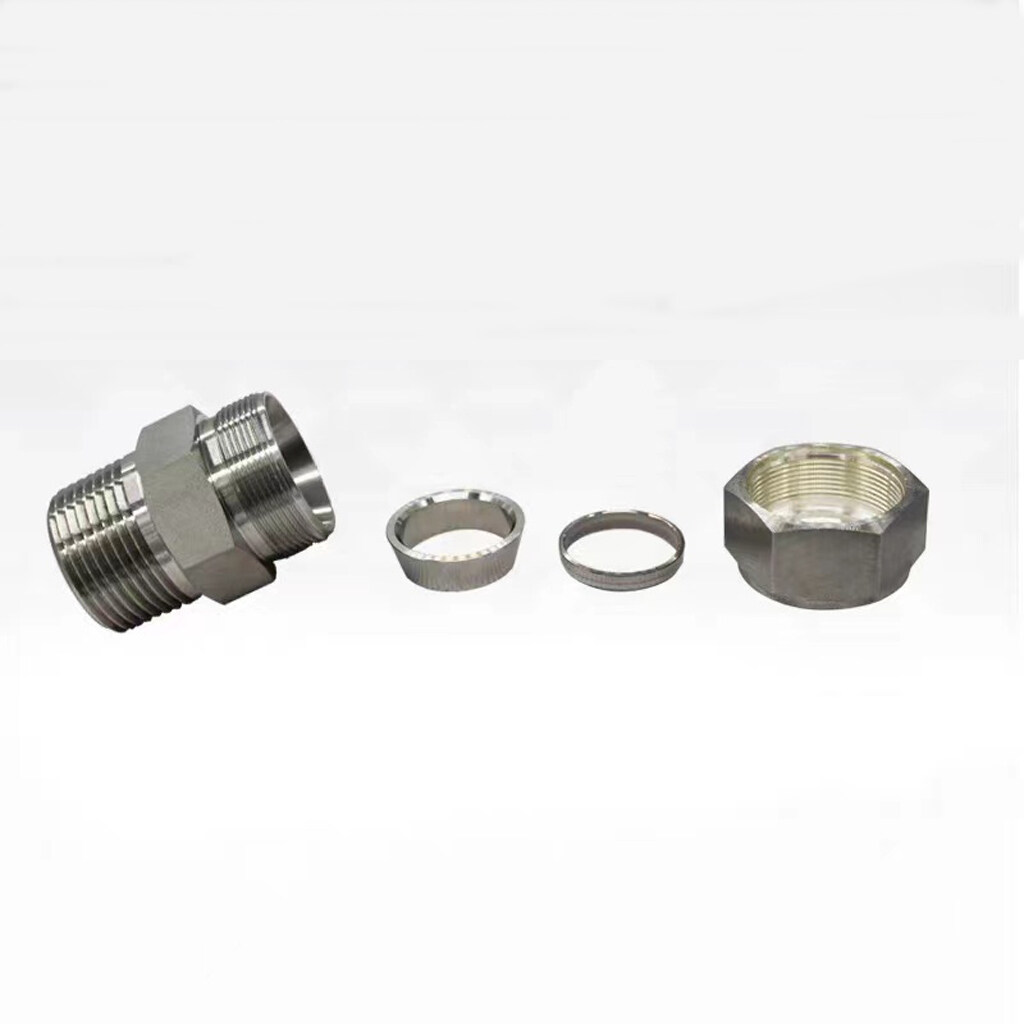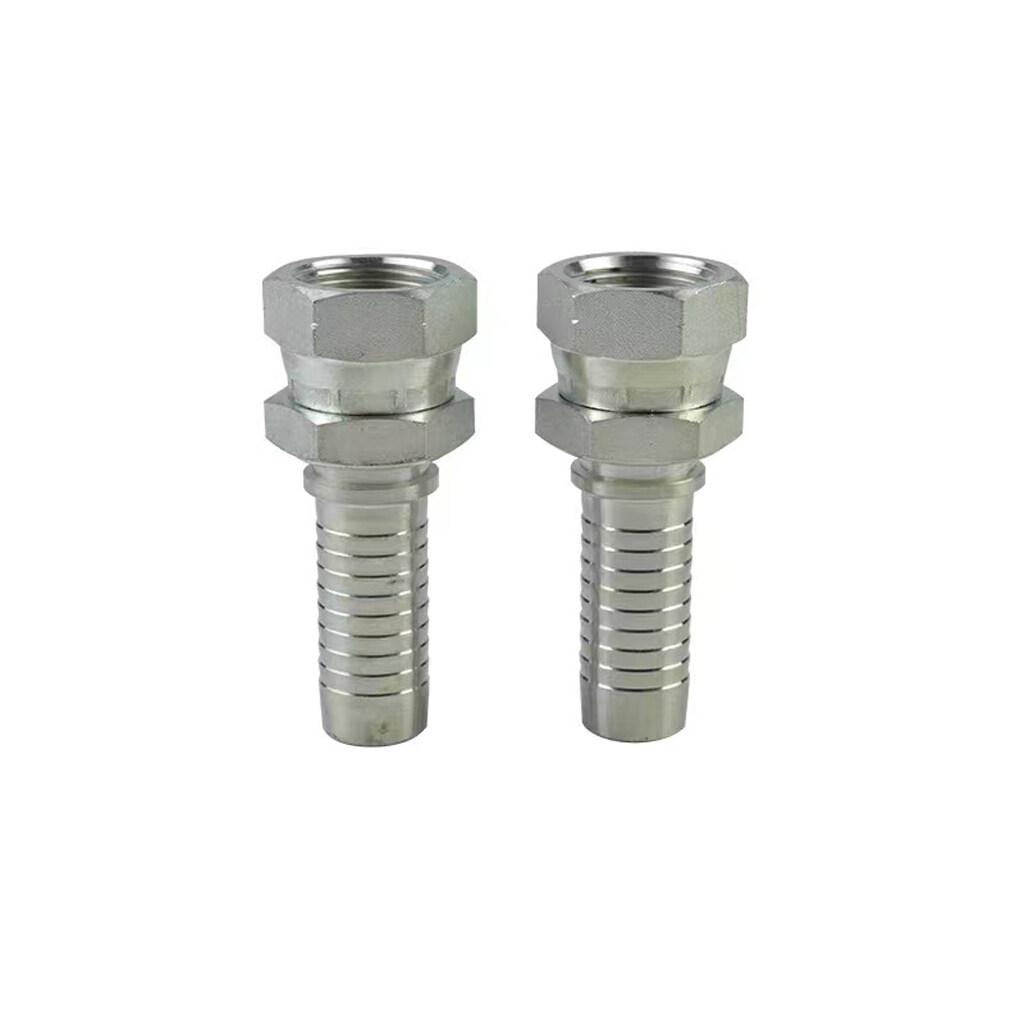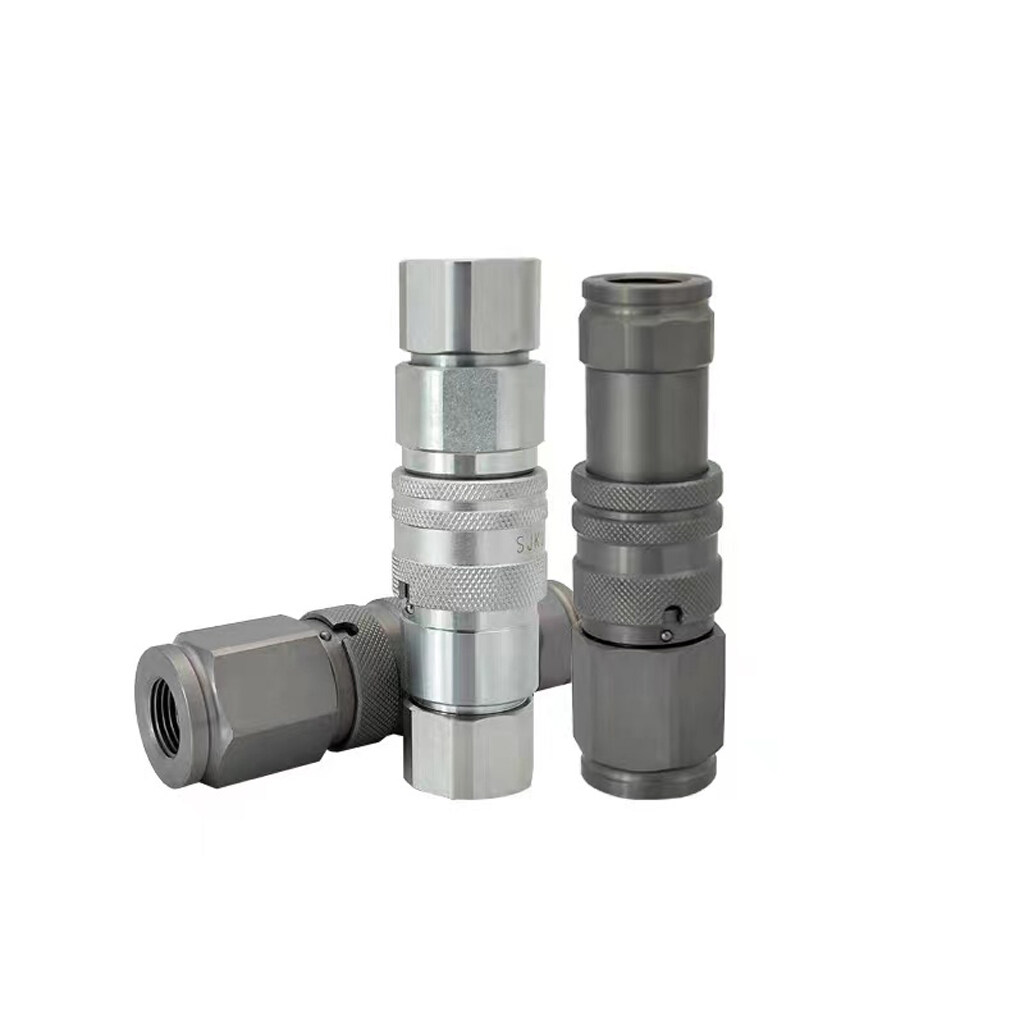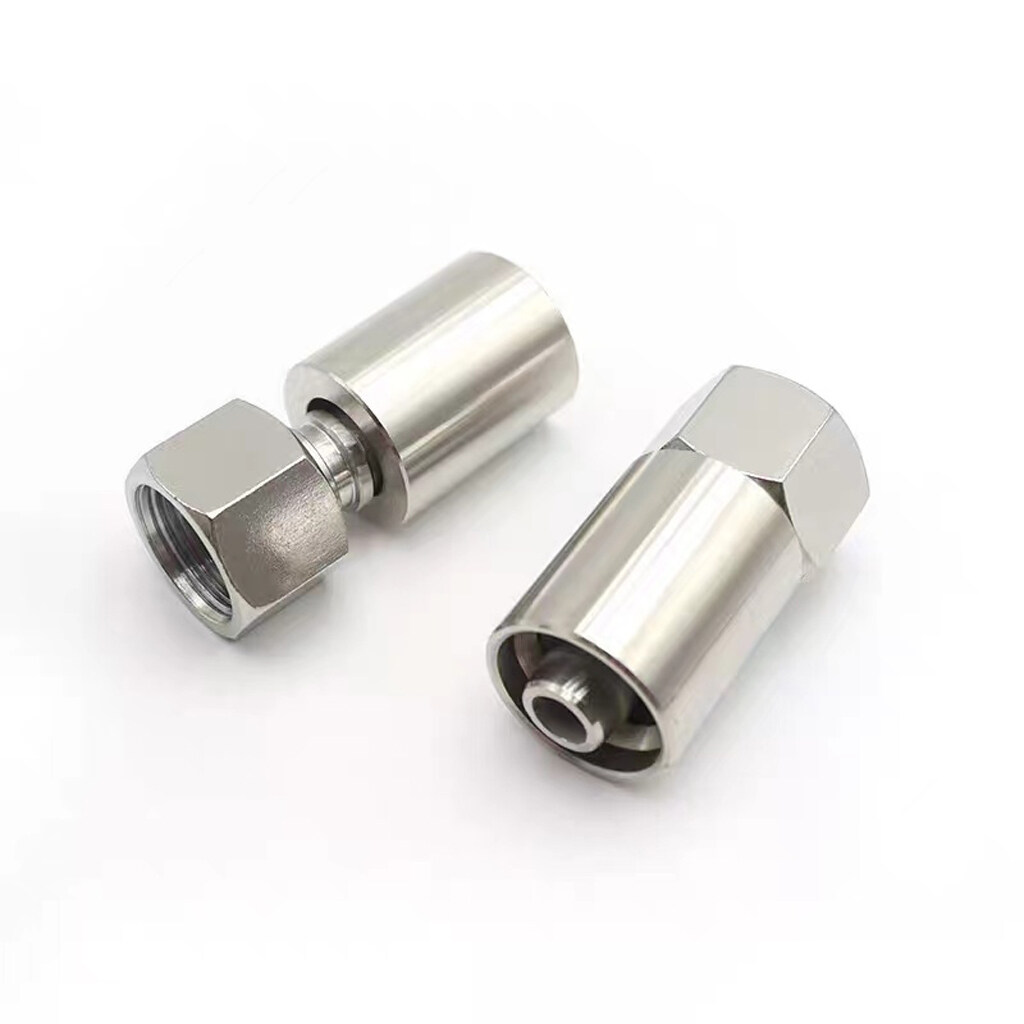Email format error
Email cannot be empty
Email already exists
6-20 characters(letters plus numbers only)
The password is inconsistent
Email format error
Email cannot be empty
Email does not exist
6-20 characters(letters plus numbers only)
The password is inconsistent

Hydraulic Adapter Male Hose Fittings
Hydraulic hose fittings join hydraulic hoses so that hydraulic fluid, oils, gasoline, and air can all be transported over a pipe network. They are perfect for on-site installations and field maintenance since they can connect hoses with various thread types or widths.
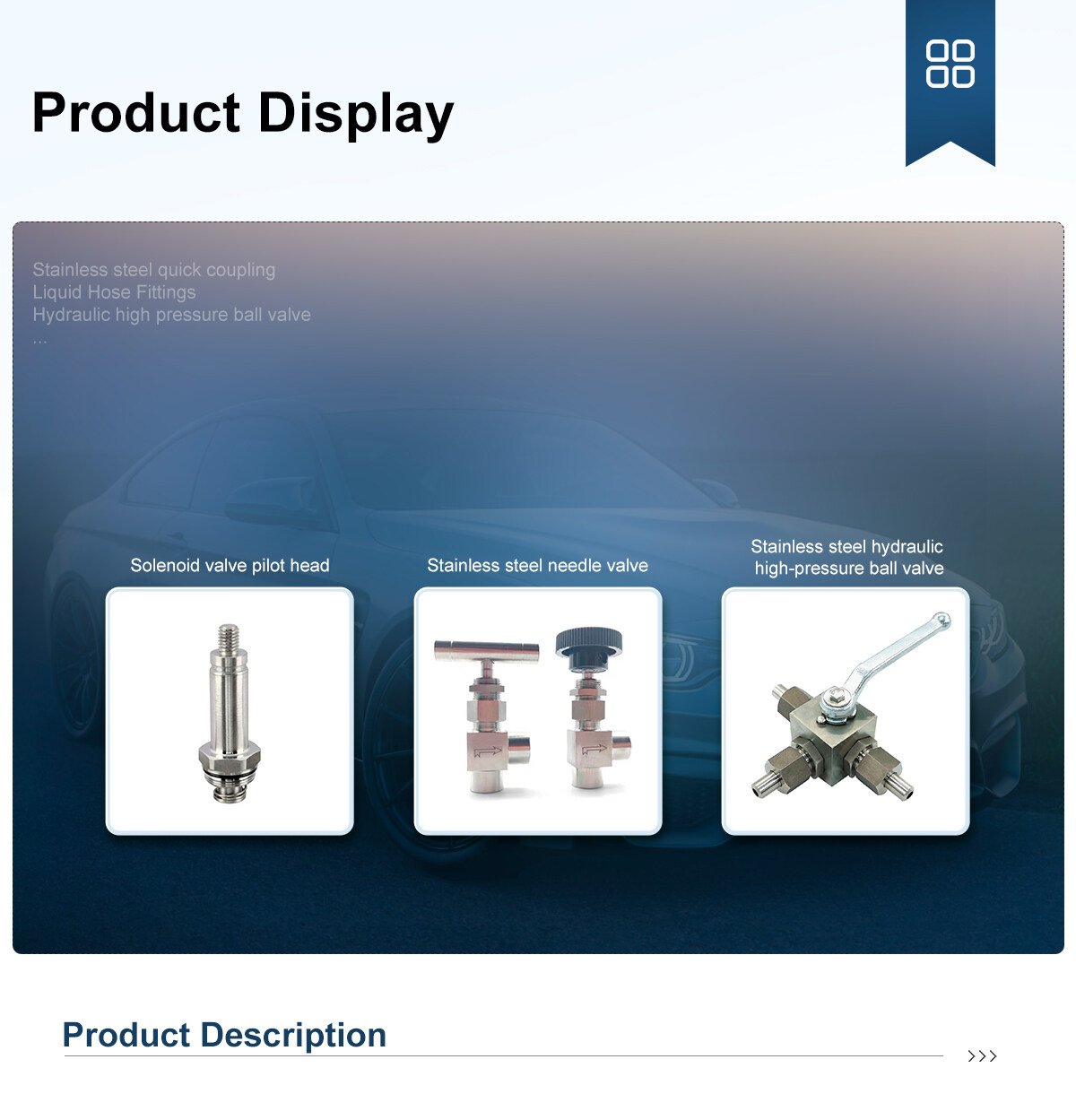
Hydraulic Adapter Male Hose Fittings
Hydraulic hose fittings connect hydraulic hoses to transport hydraulic fluid, oils, air, and fuel through a pipe system. They are typically used to connect hoses with different thread types or diameters and are ideal for on-site installations and field maintenance.
The classification of Hydraulic Adapter Male Hose Fittings
To make the connection tighter, tapered pipe connectors are made with a taper that matches the pipe's diameter and changes along the entire threaded part of the pipe. These kinds of fittings need to be sealed, either with a chemical sealant or a tape sealant, to ensure that there won't be any leaking around the fitting. While accurately orienting the tapered pipe threads may be challenging, doing so is crucial since a poor seal could cause leakage when pressure is applied. If there is a drawback to tapered pipe connections, it is that when joining tubes, they must be either soldered or welded.
In large part, tapered pipe thread variants were the reason that metal seal connections were developed in the first place. This kind creates a seal that can withstand the typical high pressure associated with hydraulics by combining a machined face and a tapered thread. While the machined face controls the sealing, the thread aids in achieving holding power. These types typically offer a superior seal without the need for any additional sealant and are simpler to orient than a tapered connector. They still need to be welded or soldered to the tube, though.
The most common kind of seal used today is a soft seal, which has an elastomeric seal that resists leaking even in high-pressure settings. One of the major benefits of having soft seal connectors is how quickly they can be fitted, which is especially helpful in industrial settings. They can withstand the strong vibrations that many systems experience, thus they don't malfunction as frequently.
